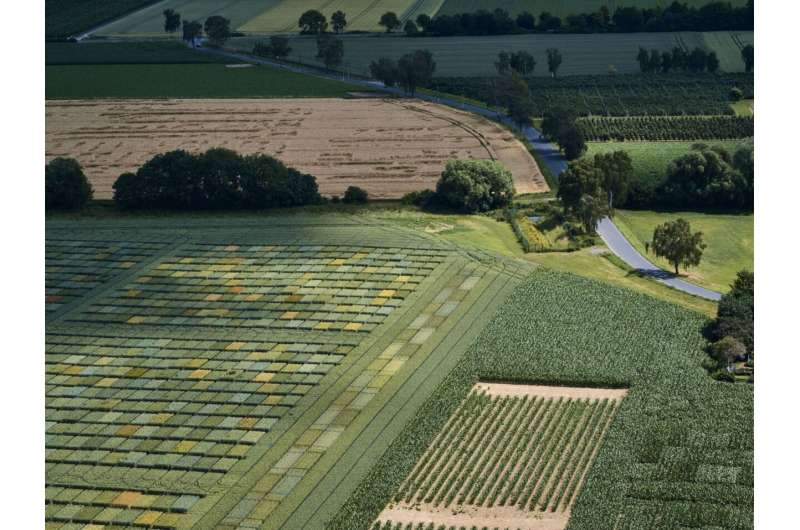This article has been reviewed according to Science X's editorial process and policies. Editors have highlighted the following attributes while ensuring the content's credibility:
fact-checked
peer-reviewed publication
trusted source
proofread
Nearly half of the world is suitable for diversified farming for sustainable intensification, finds study

Agriculture, like other sectors of the economy, is a profit-driven business. Simple cultivation systems such as monocultures have therefore become firmly established, because they promise higher returns. However, they are more susceptible to diseases and parasites, which can cause total crop failure among other things.
Diversified cultivation practices such as mixed cropping and crop rotation offer a sustainable alternative. It has already been scientifically proven that they can be profitable, perhaps even more so than monocultures. But under what conditions will these diversified farming practices turn a profit? And how can they help to intensify agricultural systems in a sustainable way?
A research team from the Center for Development Research at the University of Bonn applied a method taken from ecology and used for modeling species distribution to their new study so that they could make predictions about where in the world diversified farming practices could be profitable.
To this end, lead author Hannah Kamau, a doctoral student and member of Assistant Professor Lisa Biber-Freudenberger's working group in the Innovation and Technology for Sustainable Futures Transdisciplinary Research Area at the University of Bonn, considered more than 2,000 locations all over the world that were found to have profitable diversified farming practices as well as socio-economic conditions that determine profitability: Population density, access to local markets, electricity supply, gross domestic product per capita and governance.
Hannah Kamau then predicted which other regions of the world had similar conditions as the observed locations of profitable diversified farming practices. Her predictions suggest that the Global North and parts of the Global South that are close to urban centers are particularly suitable for profitable diversified farming practices. "Developed infrastructure played a key role in forecasting suitable areas," she explains.
The study is published in the journal Communications Earth & Environment.
In addition to identifying potentially suitable regions, Kamau also determined how production in each individual area could be increased sustainably. "There are two approaches to boosting production," she says. "The first is extensification, which means expanding agricultural areas. The other is intensification, i.e. ramping up cultivation density. Depending on the region, diversified farming practices can help make both extensification and intensification more sustainable. But each approach has its risks."
Which approach is more promising depends on the region in question. Agricultural land in Western Europe, China, parts of India and Brazil as well as Eastern Europe that is already being intensively farmed could benefit from various forms of extensification such as incorporating mixed planting and lowering the cultivation density. While areas in sub-Saharan Africa and parts of Brazil, India, Tajikistan as well as Canada, and Australia could benefit from intensification according to the study. Other areas may be suitable for both options, such as most parts of West Africa.
More information: Hannah Kamau et al, Nearly half of the world is suitable for diversified farming for sustainable intensification, Communications Earth & Environment (2023). DOI: 10.1038/s43247-023-01062-3
Journal information: Communications Earth & Environment
Provided by University of Bonn




















